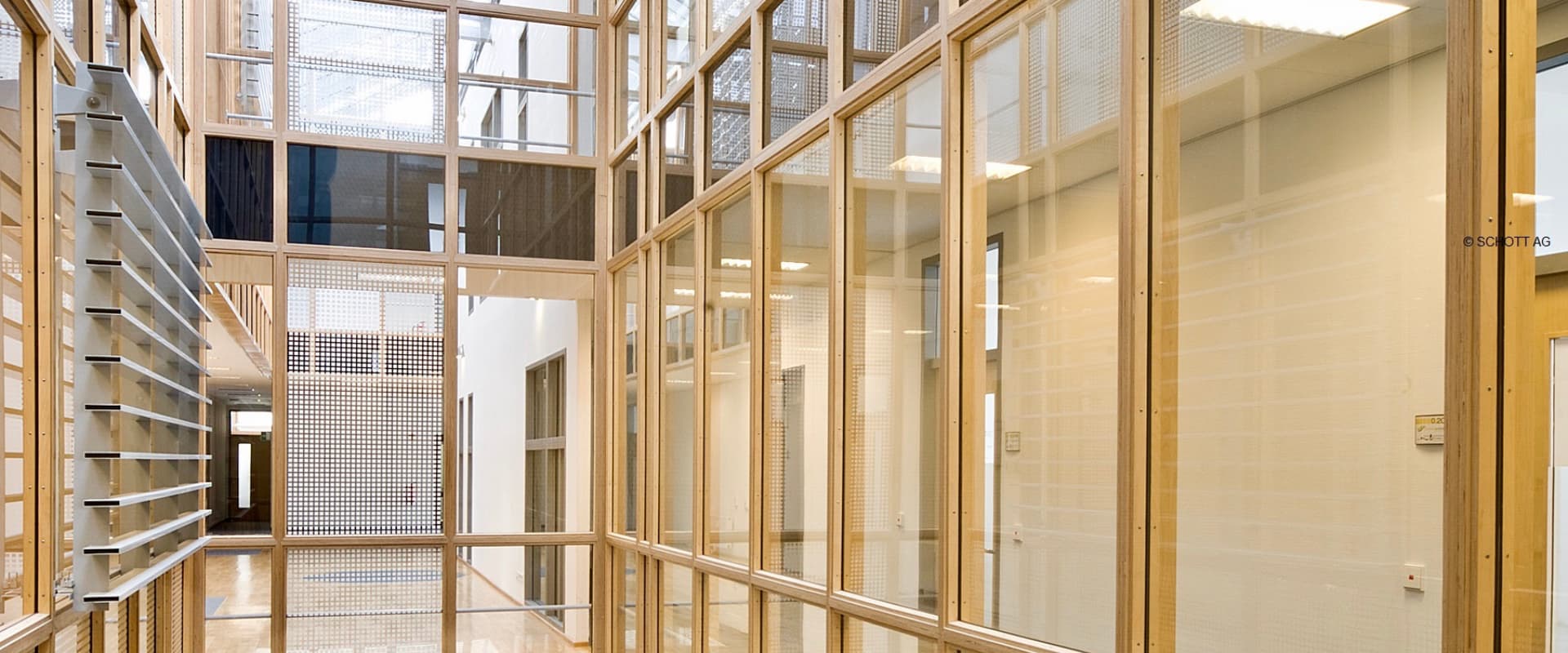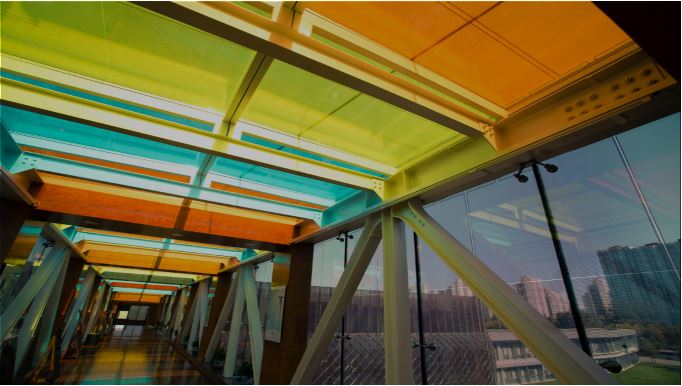Glass is a common building material used in a variety of applications, including windows, doors, skylights, and curtain walls. While glass offers many benefits, such as providing natural light and aesthetic appeal, it can also pose a fire hazard. This is why it is important to understand fire-resistance ratings for glass.
Fire-resistance ratings are a measure of how well a material can withstand exposure to fire. They are typically expressed in terms of time, such as 30 minutes or 60 minutes. The higher the rating, the longer the material can resist the effects of fire. For glass, fire-resistance ratings are determined by testing the glass in a furnace under controlled conditions.
There are several types of fire-rated glass, including wired glass, laminated glass, and ceramic glass. Each type has its own unique properties and fire-resistance ratings.
Wired glass is a type of fire-rated glass that has wire mesh embedded within it. This wire mesh helps to hold the glass together in the event of a fire, preventing it from shattering and potentially causing injury. Wired glass is typically used in doors, sidelights, and other applications where fire protection is needed.
Laminated glass is another type of fire-rated glass. It consists of two or more layers of glass that are bonded together with a layer of plastic. The plastic layer helps to hold the glass together in the event of a fire, preventing it from shattering and potentially causing injury. Laminated glass is often used in curtain walls, skylights, and other applications where fire protection is needed.
Ceramic glass is a type of fire-rated glass that is made by combining glass with a ceramic material. This ceramic material helps to improve the glass's resistance to heat and fire. Ceramic glass is often used in fire-rated doors, windows, and other applications where fire protection is needed.
When selecting fire-rated glass, it is important to consider several factors, including the level of fire protection needed, the location of the glass within the building, and the local building codes and regulations. In some cases, it may be necessary to use a combination of fire-rated glass and other fire protection measures, such as fire-rated doors and walls, to provide adequate fire protection.
In addition to fire-resistance ratings, it is also important to consider other properties of fire-rated glass, such as its thermal performance, impact resistance, and sound transmission properties. These properties can impact the glass's overall performance and suitability for a particular application.
In conclusion, understanding fire-resistance ratings for glass is an important part of building design and construction. By selecting the appropriate type and rating of fire-rated glass, building owners and designers can help to ensure the safety of occupants and protect their property in the event of a fire.
Best Fire Rated glass processor:
If you're looking for high-quality fire-rated glass for your architectural needs, look no further than the FG Glass Fire Safety range. With a variety of products to choose from SCHOTT PYRAN® S - E120 FIRE-RATED GLASS, SCHOTT PYRAN® FUSION - EI20/EW120 FIRE-RATED GLASS, SCHOTT PYRAN® PLATINUM - E240 UL-RATED FIRE-RATED GLASS, SCHOTT PYRAN® STAR - E240 UL-RATED FIRE-RATED GLASS, SCHOTT PYRANOVA® - EI120 FIRE-RATED GLASS, FLAMEBUILD - FIRE-RATED GLAZED SYSTEMS, you can find the perfect solution for your project. Visit the FG Glass website to explore their full range of fire-rated glass products and find the one that's best for you. Don't compromise on safety - choose FG Glass Fire Safety for your next project.

You might also like
Feb 21, 2022 by TARIQ KACHWALA
Feb 21, 2022 by TARIQ KACHWALA
Feb 23, 2022 by TARIQ KACHWALA










